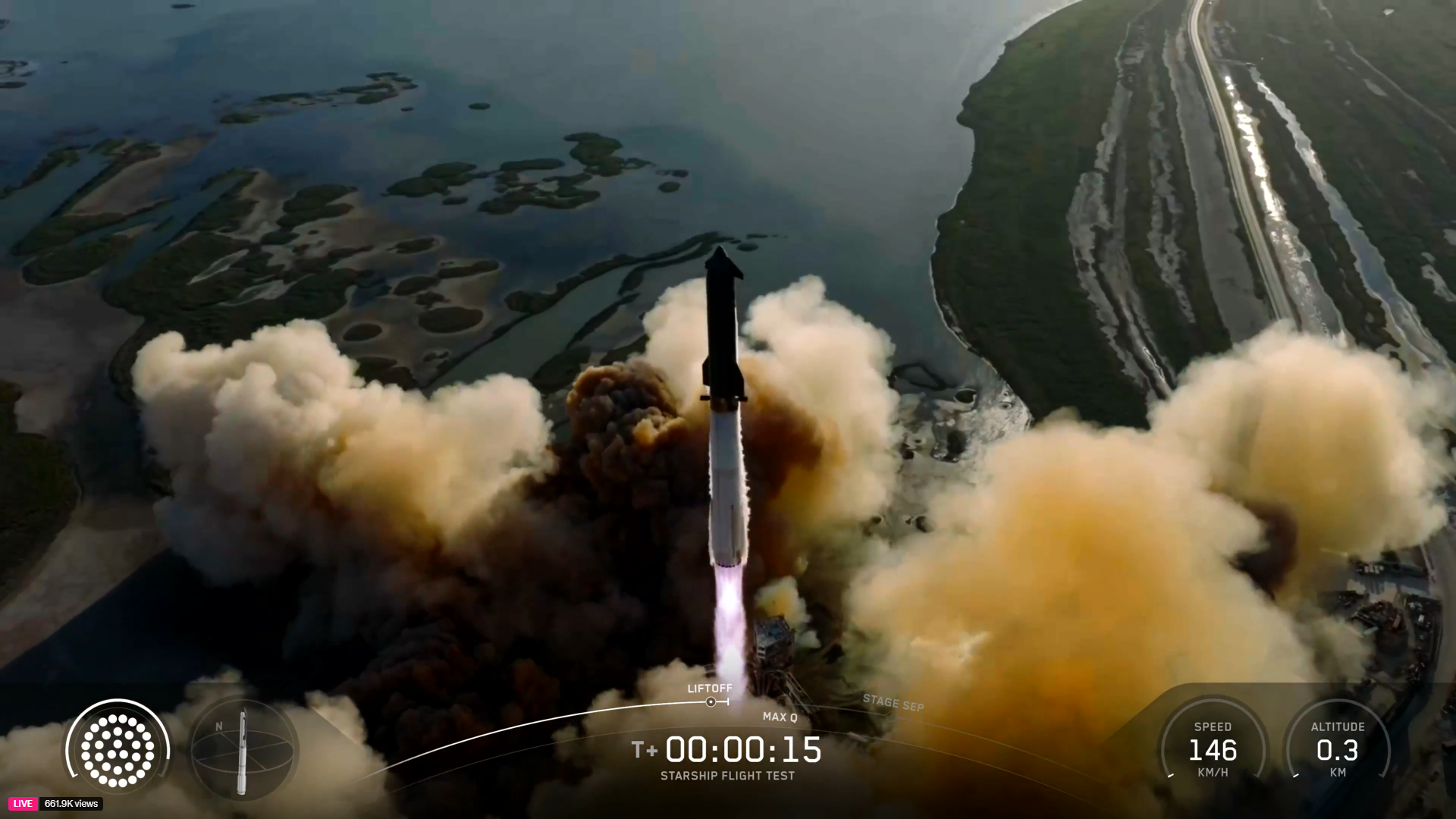One way scientists study planets is by looking at the minerals on their surfaces. They can tell us a lot about how worlds form.
Scientists have been looking at unusual layers of iron sulfates on Mars, and these layers may represent a whole new mineral.
Janice Bishop, a research scientist at the SETI (Search for Extraterrestrial Intelligence) Institute and NASA Ames Research Center in California’s sSilicon Valley, has led a study that dives into these mysterious Martian formations.
“We investigated two sulfate-bearing sites near the vast Valles Marineris canyon system that included mysterious spectral bands seen from orbital data, as well as layered sulfates and intriguing geology,” Bishop said in a statement.
Using data gathered by Mars orbiters, Bishop and her team studied sites with an odd spectral signature — that of an iron-bearing mineral called a ferric hydroxysulfate. Aside from Valles Marineris, they also looked at the plateau above another huge canyon, called Juventae Chasma, and an impact crater known as Aram Chaos.
After analyzing the orbiter data, the team hit the lab. They wanted to learn more about the conditions that transform common sulfates into ferric hydroxysulfates — and they got some intriguing results.
“Our experiments suggest that this ferric hydroxysulfate only forms when hydrated ferrous sulfates are heated in the presence of oxygen,” said Johannes Meusburger, a researcher at NASA Ames who worked on the team.
The team even managed to create the mysterious mineral in the lab.
“The material formed in these lab experiments is likely a new mineral due to its unique crystal structure and thermal stability,” Bishop said. “However, scientists must also find it on Earth to officially recognize it as a new mineral.”
This mineral, and how it formed, could give us clues on the way that heat, water, and chemical reactions mold the surface of Mars.
“The findings suggest parts of Mars have been chemically and thermally active more recently than scientists once believed — offering new insight into the planet’s dynamic surface and its potential to have supported life,” SETI representatives wrote in the statement.
The paper about the Martian mineral was published in the journal Nature Communications on Aug. 5.
Source link


